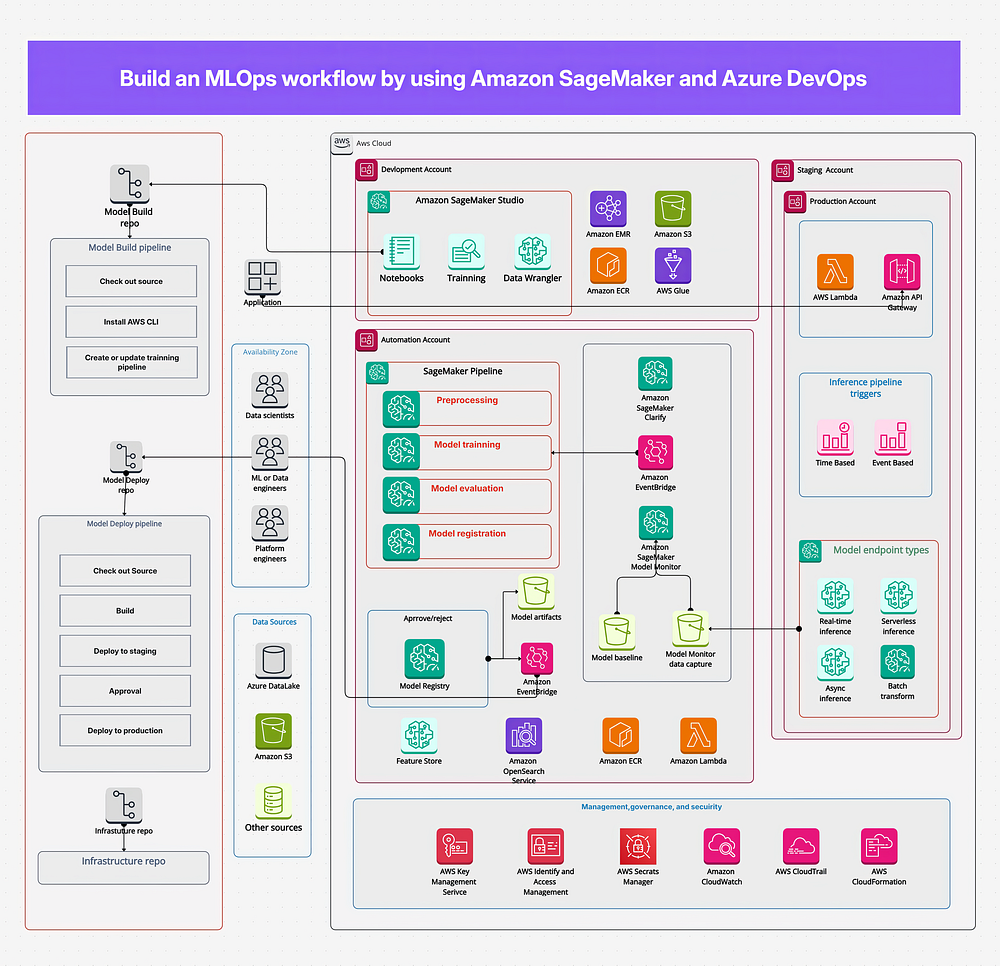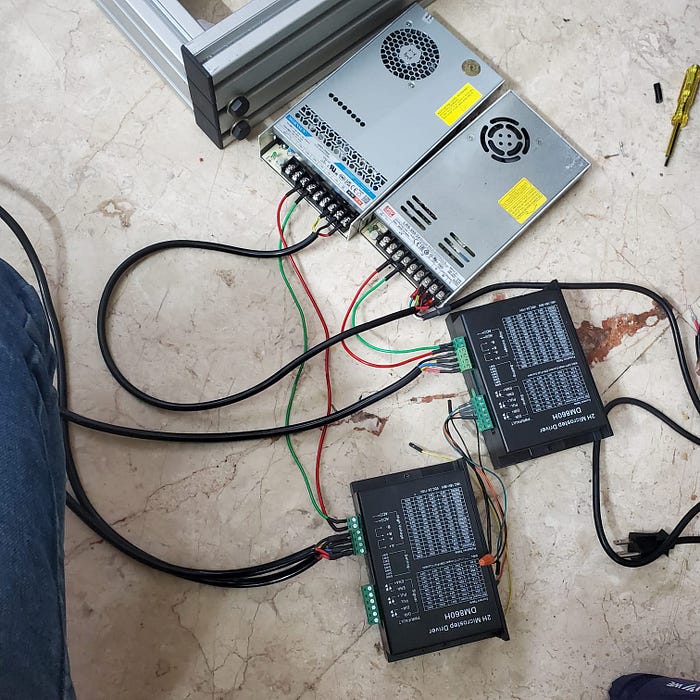Introduction to AI-Driven Development
In today’s AI-driven development landscape, applications increasingly rely on sophisticated language models to power intelligent features. However, connecting these models to real-world external sources or services (tools), data sources, and APIs presents significant challenges. The Model Context Protocol (MCP) has emerged as a solution to these integration challenges, providing a standardized approach for AI systems to interact with external data sources and services.
The Evolution of a Finance Stock Analysis Application
This article follows the development journey of a finance stock analysis application from its simplest form to an AI-powered financial platform. We’ll track how the architecture evolves at each stage to meet growing requirements — from basic stock price lookups to natural language financial analysis that requires AI models and financial data to work seamlessly together.
Initial Application Architecture
The simplest application architecture involves a frontend that directly accesses external data sources. Consider this minimal React application that fetches stock data when a user clicks a button. Even at this stage, the application already uses several standard web protocols and technologies:
- HTTP/HTTPS: For all communication between browser and servers
- WebSockets: For potential real-time updates of stock prices
The Role of Model Context Protocol (MCP)
Through the evolution of the application, we’ll understand when and why MCP becomes not just helpful, but a critical architectural choice for AI-integrated applications. MCP provides a standardized approach for AI systems to interact with external data sources and services, addressing the integration challenges faced by AI-driven applications.
Advantages of MCP
As the application evolves to include more sophisticated features such as natural language financial analysis, MCP plays a crucial role in enabling seamless interaction between AI models and financial data. This standardized approach allows for easier integration, scalability, and maintenance of the application.
Conclusion
In conclusion, the development of AI-powered applications, such as the finance stock analysis platform, highlights the importance of standardized protocols like MCP for integrating AI models with external data sources and services. As applications evolve to include more sophisticated AI-driven features, the role of MCP becomes increasingly critical for ensuring efficient, scalable, and maintainable architecture.
FAQs
- What is the Model Context Protocol (MCP)?
MCP is a standardized approach for AI systems to interact with external data sources and services, addressing integration challenges in AI-driven applications. - Why is MCP important for AI-driven applications?
MCP is crucial for enabling seamless interaction between AI models and external data sources, allowing for easier integration, scalability, and maintenance of applications. - How does MCP impact the development of AI-powered applications?
MCP facilitates the evolution of applications from basic to sophisticated AI-driven platforms by providing a standardized approach for integrating AI models with external data sources and services.











